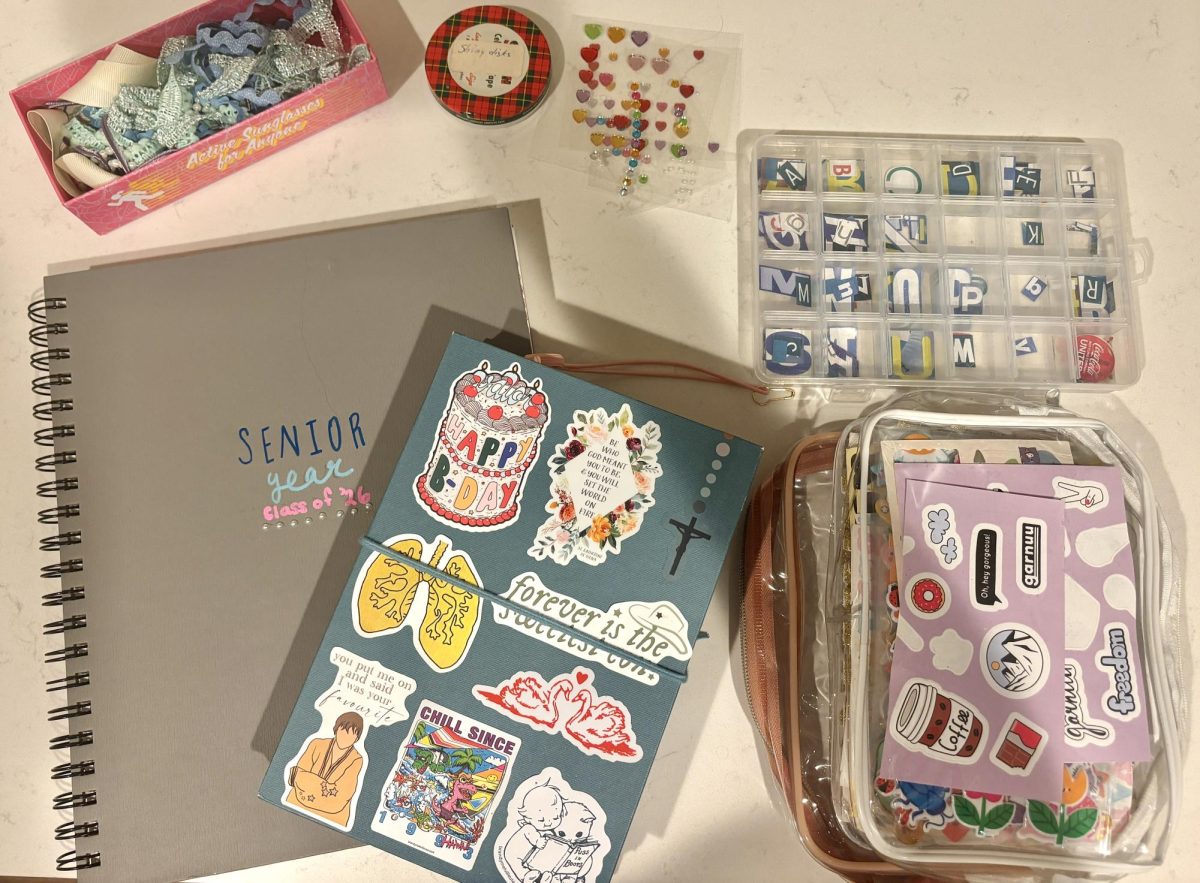The Queer Tears of Sex-Ed
December 16, 2020
If you’ve followed the same route as many Chamblee Charter High School students, you would remember the three grueling Sex-Ed classes we had to take in fifth, seventh, and ninth grade. I always remember those classes as being extremely awkward but never really helpful. We sat in the class for forty-five to fifty minutes per day but never actually learned how to have safe sex, especially with people of the same gender.
Chamblee has a big population of LGBTQ+ students, but very few know how to have safe sex with their partners. Sure, we know where the fallopian tube is on a diagram, but how about how to prevent the transfer of STD’s from man to man or woman to woman? It has been drilled into our heads that having straight sex requires using a condom to prevent STD’s and pregnancy, a method that isn’t effective for many LGBTQ+, and while pregnancy isn’t a big scare for the LGBTQ+ community, STD’s like HIV and syphilis are.
Researching, I found a whole host of different kinds of contraception. Did you know there are about 5 different types of condoms? I didn’t. There are many types of condoms such as inner condoms, that you place inside of the vagina, dams, for oral sex, finger cots, for using fingers, gloves, for when you’re using more than just your fingers, and more. You can find many of these condoms at drugstores, clinics, or planned parenthood.
While I’m not going to get into all the different information about LGBTQ+ sex-ed, it only took me ten minutes of research to figure out about the different kinds of condoms from a trustworthy website. Even though that may sound like a decent solution on paper, it’s not such a great idea in practice. To find accurate information I had to fish through many forum sites such as Quora and Reddit, where regular people such as you or I can answer these questions. This is a great way for a misinformed person to spread misinformation or for people to purposely give out the wrong information in an attempt to hurt others. Websites like Healthline and CDC are more reliable, but sometimes they don’t have all the answers.
Schools can nip this in the bud before it begins by providing the proper sex-ed for LGBTQ+ students. Chamblee’s sex-ed course always seemed to be lacking in information to me. Even though it was called Sex-Ed, we never really learned about sex, let alone LGBTQ+ sex. We talked about anatomy and where it is and what it does, we talked about condoms, we talked about consent and peer pressure, but we didn’t talk about pronouns, gender expression, sexuality, and what losing your virginity really means.
I remember having a discussion with my friends in the morning on what losing your virginity actually means. In sex-ed, we were taught that for a woman it means that there was penetration from a man involved, but then that would mean a lesbian has never actually lost her virginity. We were also taught that for a man, that means penetrating woman; therefore a gay man has never lost his virginity. It was a very interesting way to see the sexism behind that thought and how gate-keeping the term “virginity” is. That’s not to say we haven’t made progress with the term, because at first, women were tested on their virginity based on if their hymen was still intact, but there is still more that needs improvement.
Schools like ours pride themselves on being inclusive but don’t actively teach inclusivity. Topics like sexual orientation and gender expression are very taboo for some, even though they shouldn’t be. Our school needs to create an environment where it’s okay to talk about these subjects with teachers and friends. Schools can simply start with teaching us ways to ask about other people’s preferences and pronouns. They should also teach us the different types of sexualities and what they mean, contrary to the stereotypes. This is a good place to start for Chamblee—on its path to being more LGBTQ+ inclusive.











